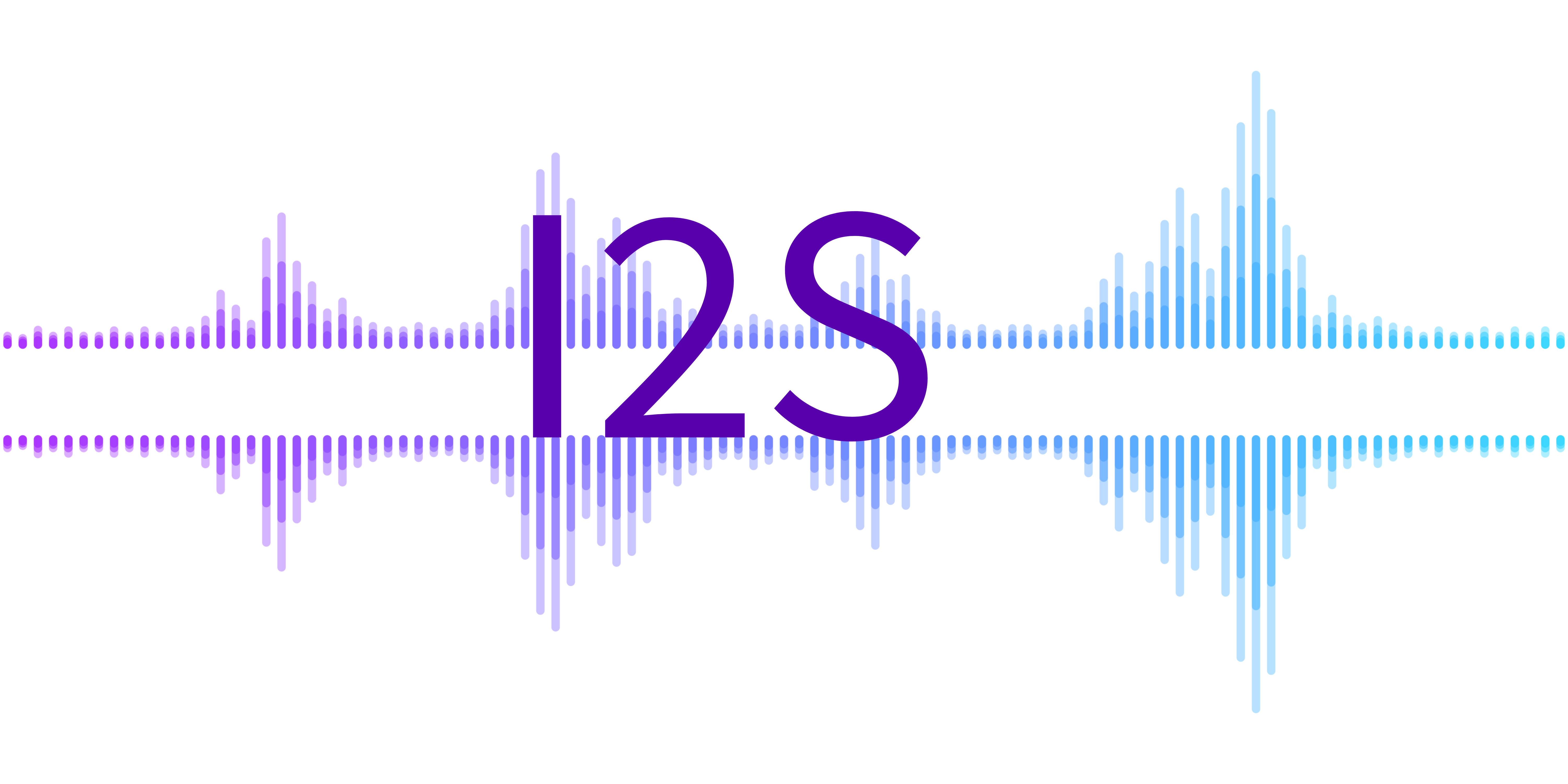I2S: A Digital Audio Transfer Standard

In the realm of digital audio transfer between Integrated Circuits (ICs), one term reigns supreme: I2S, short for Inter-IC Sound. But what exactly is I2S, and why is it so ubiquitous in today’s audio technology landscape?

Origin and Evolution:
Introduced by Philips Semiconductors (now NXP) in 1986, the I2S standard underwent revisions in 1996 to become the backbone of digital audio communication. Originally popularized in CD player designs, I2S has since permeated various applications where seamless digital audio transmission is imperative. Today, you can find it in a plethora of devices, from audio ADCs and DACs to DSPs and microcontrollers.
Anatomy of I2S:
At its core, an I2S bus comprises three essential signal lines: the frame clock, the bit clock, and the data line. These lines facilitate the transfer of audio data between ICs, ensuring synchronization and integrity throughout the process. Depending on the system architecture, these clocks can be generated by transmitting or receiving IC or even a separate clock master IC.
Operation Modes:
I2S operates in three distinct modes: Right Justified, Left Justified, and the Philips Standard. Each mode offers specific advantages and caters to different system requirements. For instance, the Right Justified mode, also known as the Japanese or Sony format, prioritizes the left channel’s LSB at the rising edge of the clock, while the Left Justified mode eliminates one-clock delays, offering enhanced efficiency.
Bandwidth Considerations:
With the industry standard for audio sampling set at 44.1 kHz, the required bandwidth for I2S operation can be calculated based on factors like sample frequency, data precision, and channel number. This calculation underscores the critical role of clock speed in ensuring smooth data transmission.
Comparative Advantages:
Despite its prevalence, I2S isn’t without competition. PDM (Pulse Density Modulation) systems offer smaller components and lower costs, but I2S boasts internal codec and filter integration, rendering the signal immediately usable by digital signal processors (DSPs). Moreover, I2S’s lower frequency makes it ideal for long-distance transmissions, albeit at the expense of greater power consumption.
Choosing the Right Protocol:
In today’s landscape, where high-quality audio is paramount, selecting the appropriate protocol is crucial. Whether it’s the proliferation of MEMS microphones in voice-based applications or the demand for pristine audio in music production, understanding the nuances of I2S versus alternatives like PDM is essential for informed decision-making.
Conclusion:
In essence, I2S stands as a testament to the evolution of digital audio technology. Its versatility, coupled with its robust performance, makes it the go-to choose for audio data transfer between ICs. As technology continues to advance, so will the role of I2S in shaping our audio experiences.